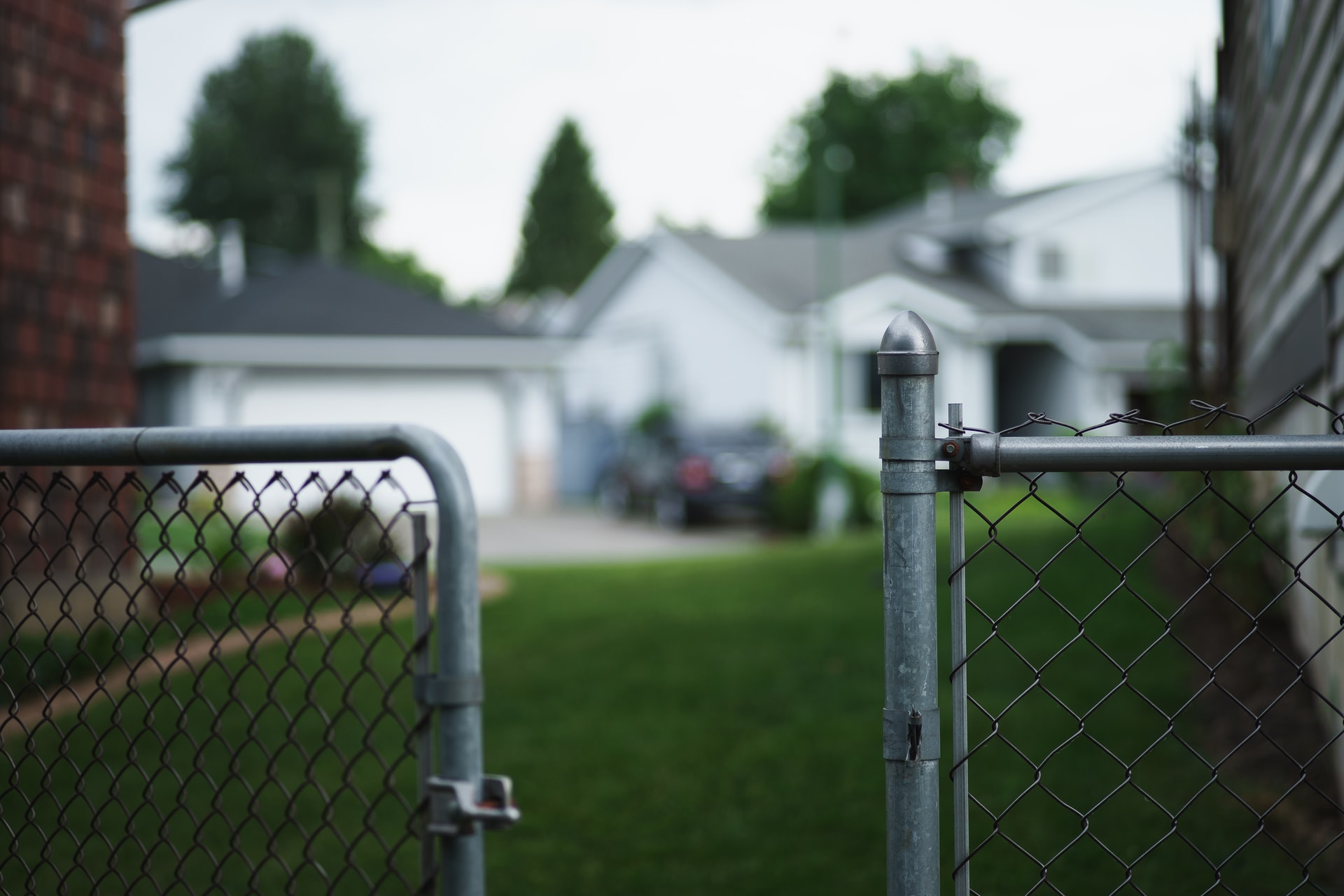- What Is a French Drain?
- When Is It Needed?
- How Is It Installed?
- How Can I Get a French Drain in Toronto?
When it comes to plumbing, there are a lot of words and features that aren’t common knowledge. At POM Plumbing, we’re making it our mission to educate the masses so that the average Joe knows what he needs and what to ask for. Today, let’s take a look at what the French drain is used for. What is a French drain? Let’s start there.
What Is a French Drain?
A French drain is, simply put, meant to prevent flooding at lower points in the ground. They’re most commonly found at the base of a sloping driveway – in front of the garage – and at the lower end of a sloped yard.
The drain prevents flooding and, instead, redirects water away from the house and yard. If there’s a nearby storm drain, your French drain can redirect water to there. Otherwise, a nearby ditch will do just fine.
When Is It Needed?
If you’re experiencing any kind of flooding or pooling because part or all of your yard or driveway is sloped, you can benefit from a French drain. These are especially valuable to people with a sloped driveway that leads to their garage flooding repeatedly. To prevent this, and prevent long-term damage to the garage and its contents, a drain should be installed in front of the garage door.
If your yard is the victim of flooding, a French drain can be installed at its low point. We can even cover the drain in gravel or garden rocks to make it function like an accessory to your garden. There’s no reason your drain should detract from the overall appearance of your yard.
How Is It Installed?
What is the installation process like? It depends on where it’s being installed.
If your French drain is being installed in your yard, the process is fairly simple. We’ll start by digging a trench the length of the future drain. We’ll also need to dig a trench where any drainage pipe is laid. The drain will be installed in the trench. The drain is shaped kind of like a trough with a grate on top. This grate can be covered with decorative stones or large enough gravel.
Installing a French drain at the base of a driveway is a bit harder. A large enough part of the driveway will have to be broken apart to accommodate the new drain. Once the drain is in place, any remaining gaps can be filled with more asphalt, patched with a filler, or mended any number of ways. A drain placed at the base of a driveway can also be covered in gravel, but is just as well left completely uncovered. The benefit to covering it in gravel is that the drain is less likely to build up sediment that can get caught in the gravel like a filter.
How Can I Get a French Drain in Toronto?
If you’re looking for a French drain to be installed somewhere in Toronto, POM Waterproofing is here to help. Give us a call and we can give you a visit to work up a price estimate. We look forward to hearing from you and improving your yard’s drainage!


